Jesus. 15:30 last Monday marked a decade since I moved to London. Where did I think I’d go back then, after my train groaned into King’s Cross station? What did I hope I’d end up doing?
In both cases, the answer is looking at and writing about art. Since I turned out to be in both cases correct, allow me a grunt of self-congratulation. The statistics of this decade, however, are pretty depressing. Since I moved here as a teenager with a combat jacket and an embarrassing weakness for the work of Sarah Lucas, I have seen at least three art shows per week. That, dear readers, adds up to something north of 1,500 exhibitions in all.
In the next week, that estimate will rocket up by at least 100 entries. Frieze is almost upon us, and as of Monday morning, the art world’s floodgates will open.
But there are other shows in town that haven’t pegged their openings to the annual glitterfest. In this all-too-brief moment of sanity avant le déluge, let me give you a quick guide to the shows you need to see, and the ones you really don’t.
◎
First off, the coincidence that two new galleries designed by Caruso St John have opened in the last week. The first one I visited, Damien Hirst’s Newport Street Gallery, is frankly staggering. It’s HUGE, and, annoyingly, impossible to fault: for the opening exhibition, at least, it’s perfect. You can read more about it here, but John Hoyland’s best paintings explode off the walls, reacting like sodium in water to the lighting.
The second is a curveball. I loved Gagosian’s Cy Twombly show, but the gigantic new space on Grosvenor Hill feels weirdly sterile. You could be anywhere in the western hemisphere here: one of those Prada retail outlets near Rome, perhaps. Or indeed an industrial estate outside Guildford.
Returning to Newport Street, the gallery has been designed to fit in sympathetically with its surroundings, and is about as good a development as you could hope for. Its surroundings, however, are changing beyond recognition.
In Vauxhall, we’re seeing a classic repeat of the gentrification cliché: first came the trendy twenty-somethings, attracted by cheap rents and picturesque decay. It took the blink of an eye for the bulldozers and investment billions to follow. You could argue that this corner of London isn’t losing much from its reclassification as an ‘opportunity area’ for developers and venture capitalists, and I don’t want to get needlessly sentimental about a place that was until recently best known for Terry Farrell’s ghastly spy citadel by the river and the stench of urine that haunted its every surface.
But the colossal glass and steel towers springing up at every corner are turning this plot of central London into Canary Wharf 2.0. I have a suspicion that, come the next financial downturn, someone here is going to be thinking to Ozymandias and feeling very silly indeed.
◎
But that’s the future. Back to art history, and Waterhouse & Dodd’s terrific exhibition, ‘Borough’ . Bomberg, the most promising of the Vorticists, was down on his luck as an artist by the end of the Second World War. Despite wide acclaim for his Blitz paintings, he couldn’t get a job at a ‘respectable’ institution for love nor money. Neither of which he had, anyway.
So he took a post at what is now London Southbank University, then Borough Polytechnic. Imagine a penniless Richard Prince taking a lecturing position at a no-hoper Liberal Arts college in the Midwest and you’ve just about got the size of it.
Bomberg was no Richard Prince, though, and this I mean as a good thing. He inspired an entire sect of artists to take the mud-thick paint of his landscapes as a starting point and head off in fascinating directions. This is a showcase for the artists who rallied around him at Borough, including Frank Auerbach and Leon Kossoff, and it’s marvellous.
Best of the lot here is Dorothy Mead, whose tragically premature death cut short a career of staggering promise. Her dazzling figures and landscapes from the 1960s might seem at odds with the work of the British avant-garde of the time, but while they have a firm grounding in the modernity of Bomberg’s vintage, they shimmer with pop art’s energy and irreverence.
◎
Up the road at the Fine Art Society, be sure to investigate the superb Cartier-Bresson show. Many of the images here will be familiar – there’s Giacometti, blurring into one of his spindly figurative sculptures, while a comatose drunk lies prone at the foot of a plinth at the coronation of George VI – but with Cartier-Bresson, déjà vu is never a problem. There’s a fascinating tension between art and reportage in the best of these photos: Naples in the 1930s, civil war-era China and post-Independence India are all subjected the photographer’s surreal and still startling gaze. Voyeur he may have been, but Cartier-Bresson captured the absurdity of the human condition like no photographer before or since.
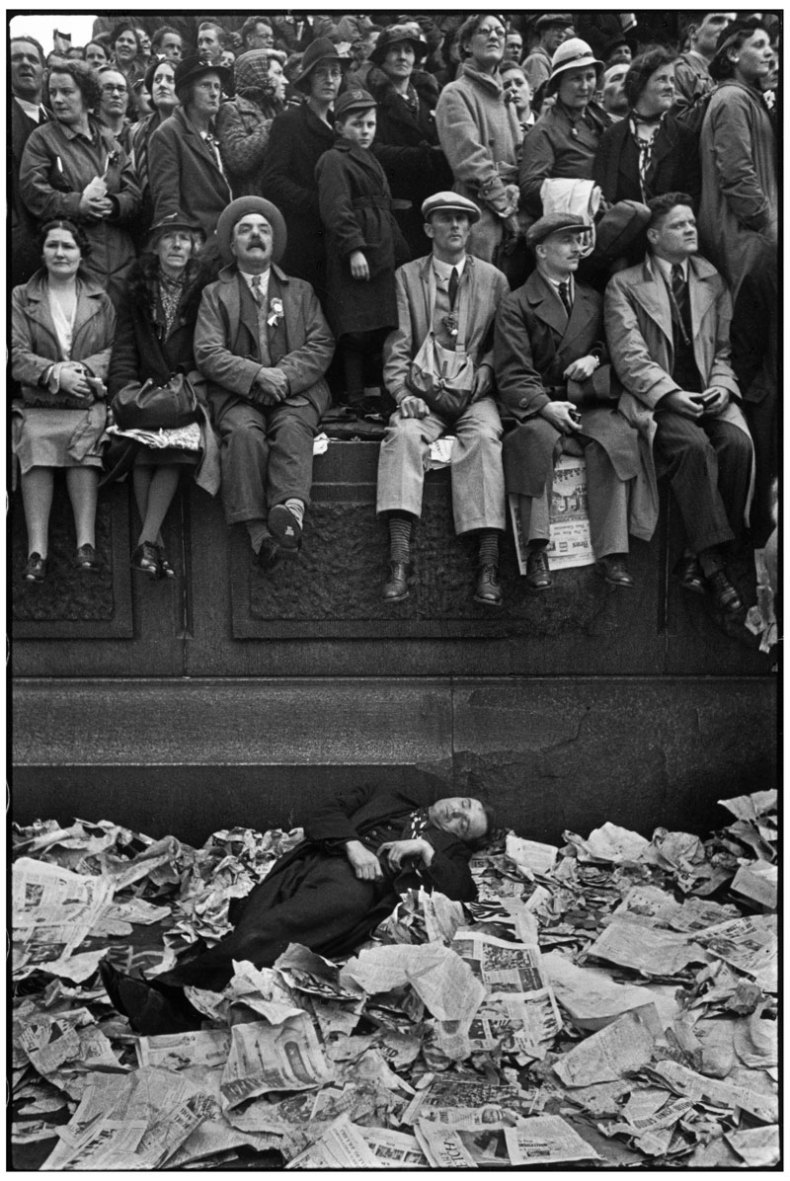
Coronation of King George VI (1937) Henri Cartier-Bresson. Magnum Photos. Courtesy Fondation Henri Cartier-Bresson
◎
Finally, make sure to check out Mazzoleni’s tremendous Burri exhibition. The onslaught of post-War Italian stuff that goes on show during Frieze week can make the work of Fontana, Boetti, Burri, Pistoletto and Penone feel like little more than office ornamentation. You can, after all, have too much of a good thing. But this is the real deal: earthy, beautiful and startlingly original. Don’t take my word for it, just go.
If you’re in London over the coming week, stay tuned. I’ll be reporting intermittently from the Frieze vortex. Wish me luck – I’ll need it.
Unlimited access from just $16 every 3 months
Subscribe to get unlimited and exclusive access to the top art stories, interviews and exhibition reviews.

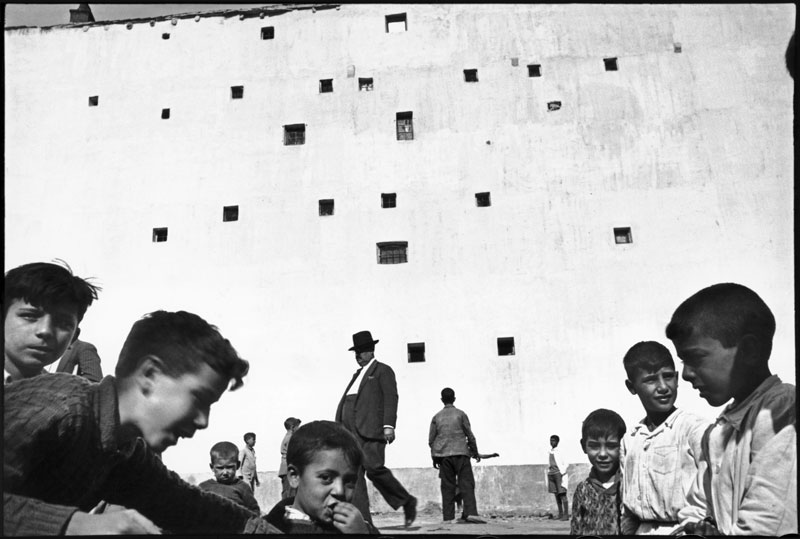
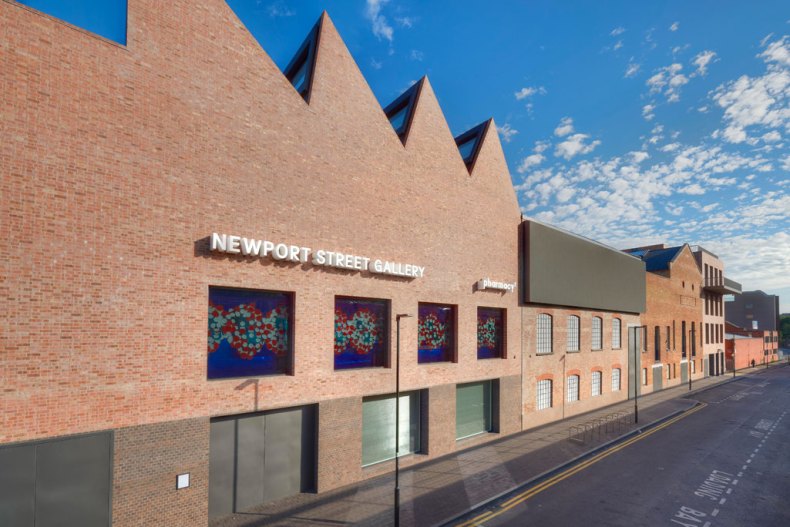
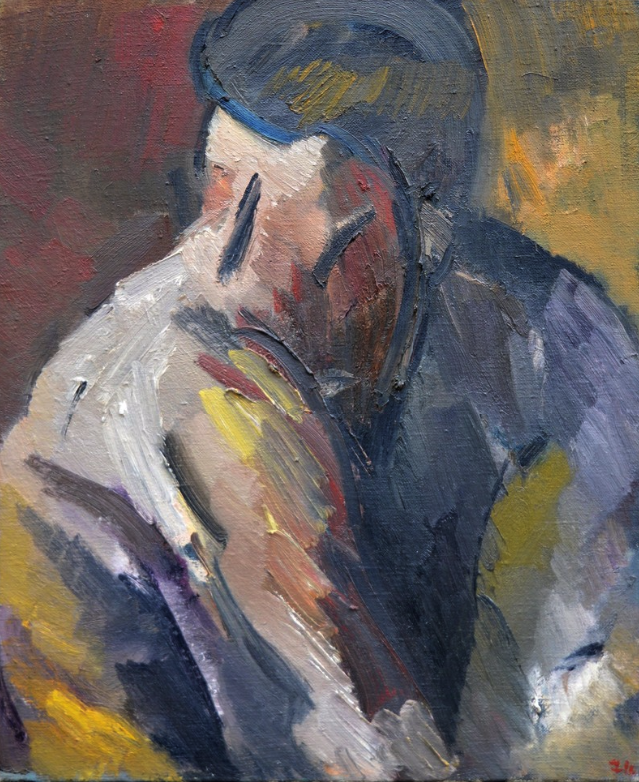
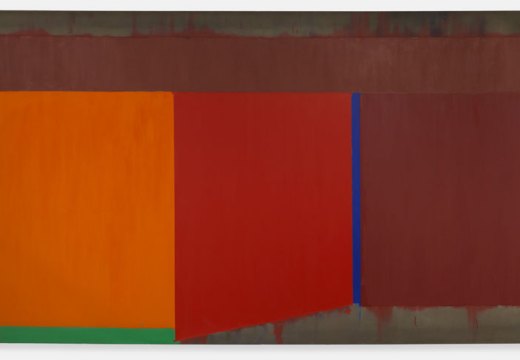
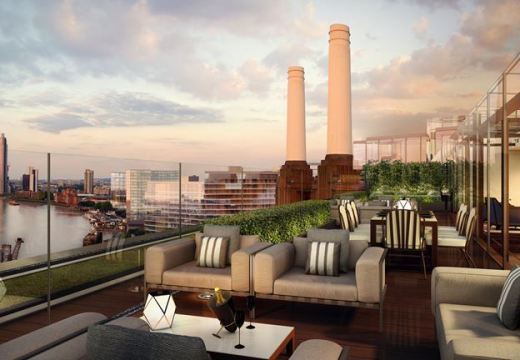
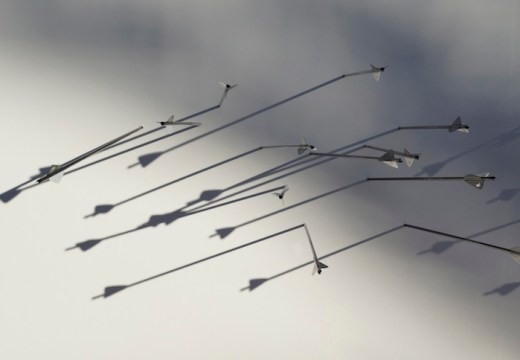









![Masterpiece [Re]discovery 2022. Photo: Ben Fisher Photography, courtesy of Masterpiece London](http://www.apollo-magazine.com/wp-content/uploads/2022/07/MPL2022_4263.jpg)
It’s time for the government of London to return to its rightful home